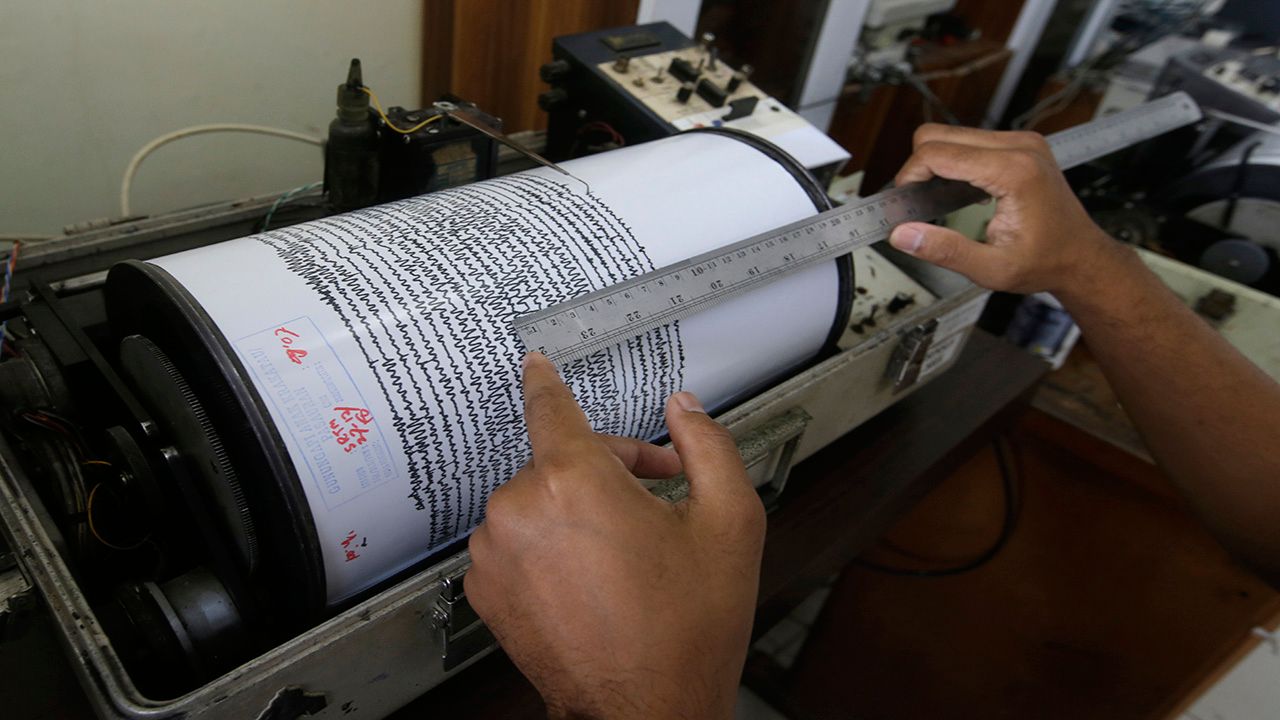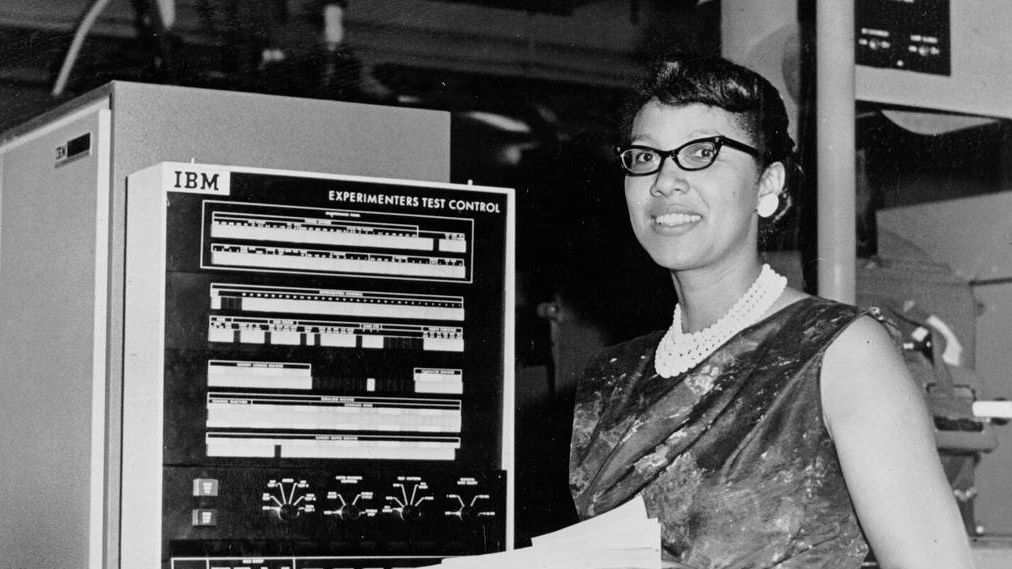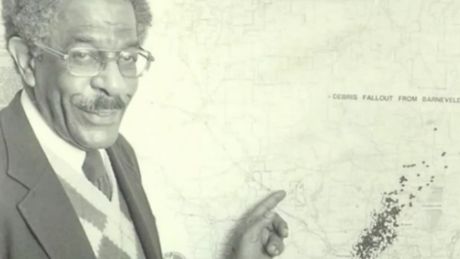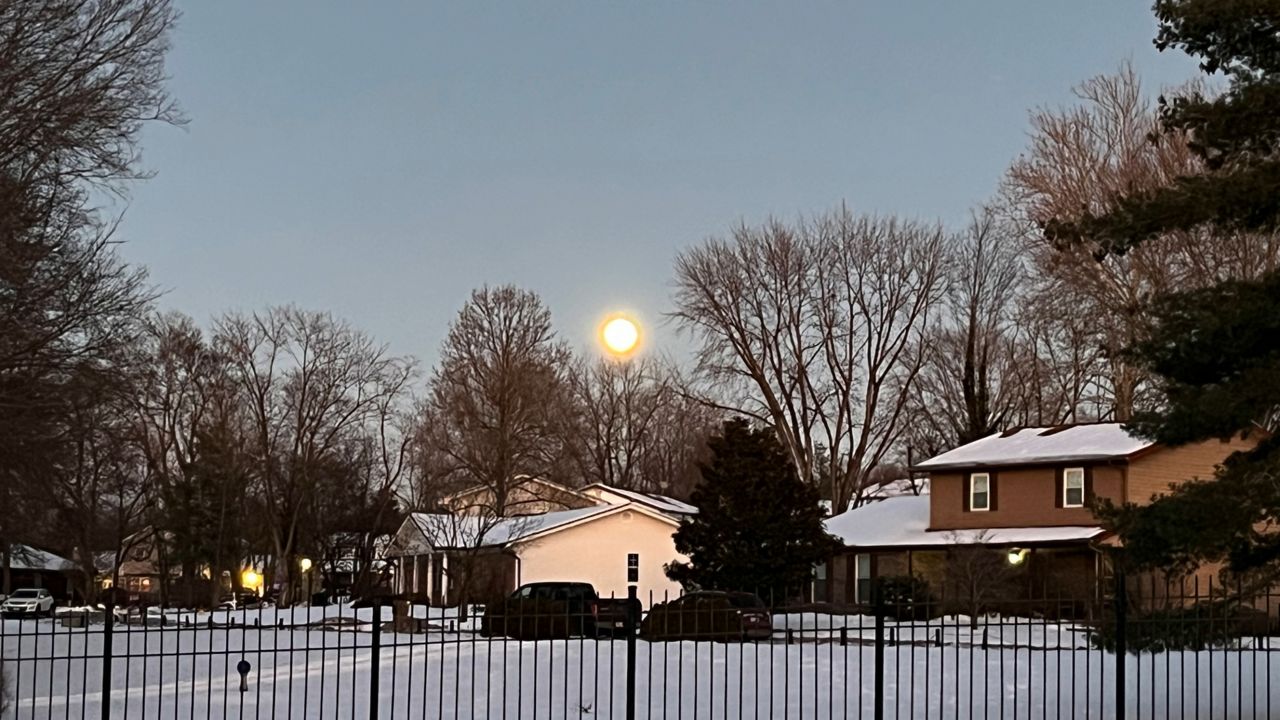On a quiet, sunny Sunday morning during an unseasonably warm November weekend, an APP alert popped up, showing that a 4.0 earthquake centered in Buzzards Bay happened across three states.
While we did not feel the earth shake here in eastern New York, our friends to the east in Central Massachusetts through the greater Boston Metro and nearby states sure did.
While the Northeast is not regularly on guard for the shake of a quake, the occurrence takes place more often than you'd think. Let's take a look at our very own earthquake history and explore how often the earth moves under our feet.
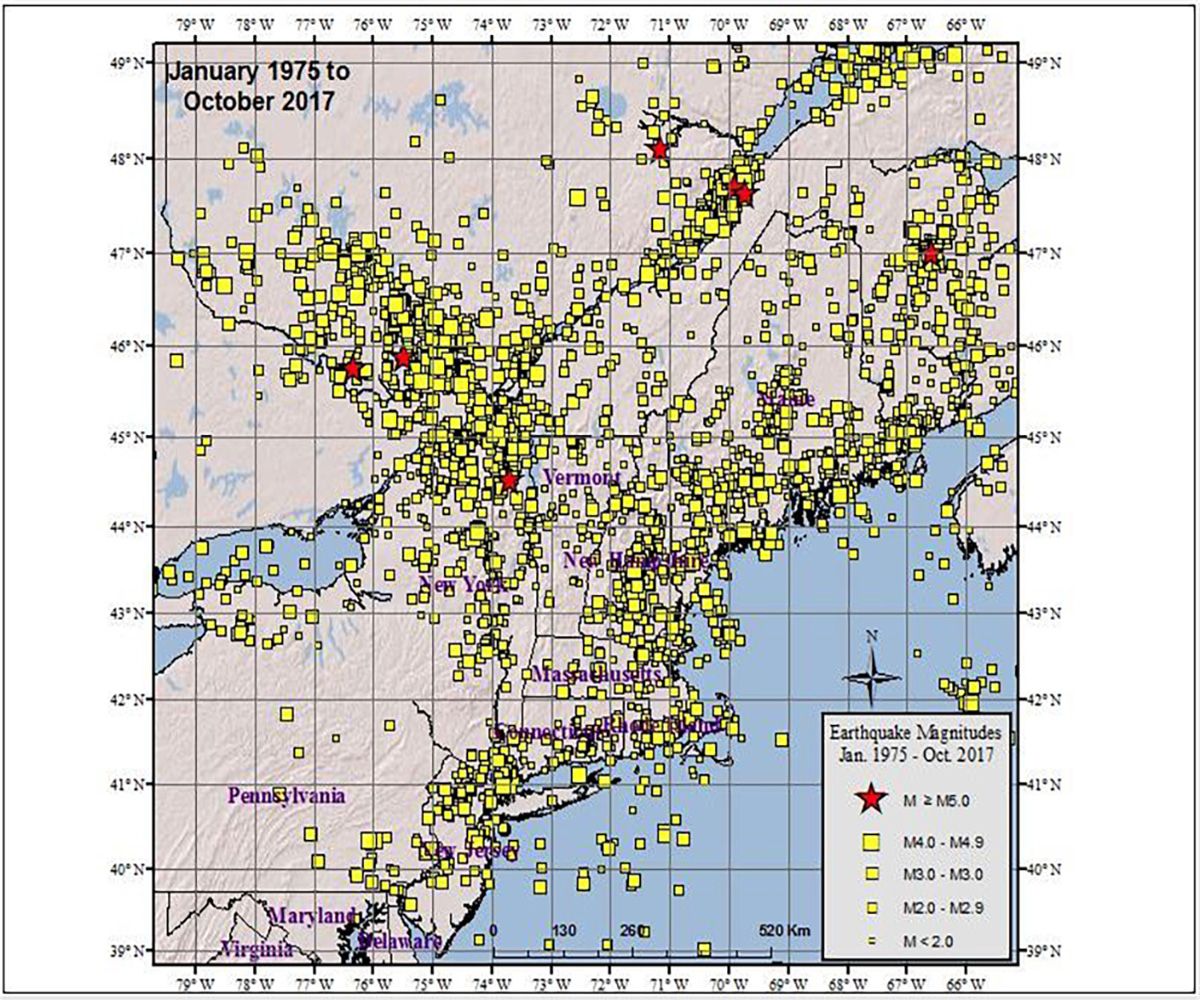
If you are fascinated by our local earthquake activity, the New York State Museum in Albany has an area specifically dedicated to local earthquake activity.
Check out their website here: The New York State Museum, M&T Bank Earthquake Center.
You may be surprised to see how often and how close to home earthquakes occur. You can find real-time data for occurring earthquakes here.
It was seven years ago, on April 17th, when I was in Saratoga, and I noticed a slight shake and heard a rumble that sounded like a truck driving by. I come to find out a 1.9 earthquake occurred in nearby Milton, NY.
Earthquakes can be subtle and hardly noticeable, and at other times, we sure can tell something happened. This chart shows how many times New Yorkers have noticed an earthquake:
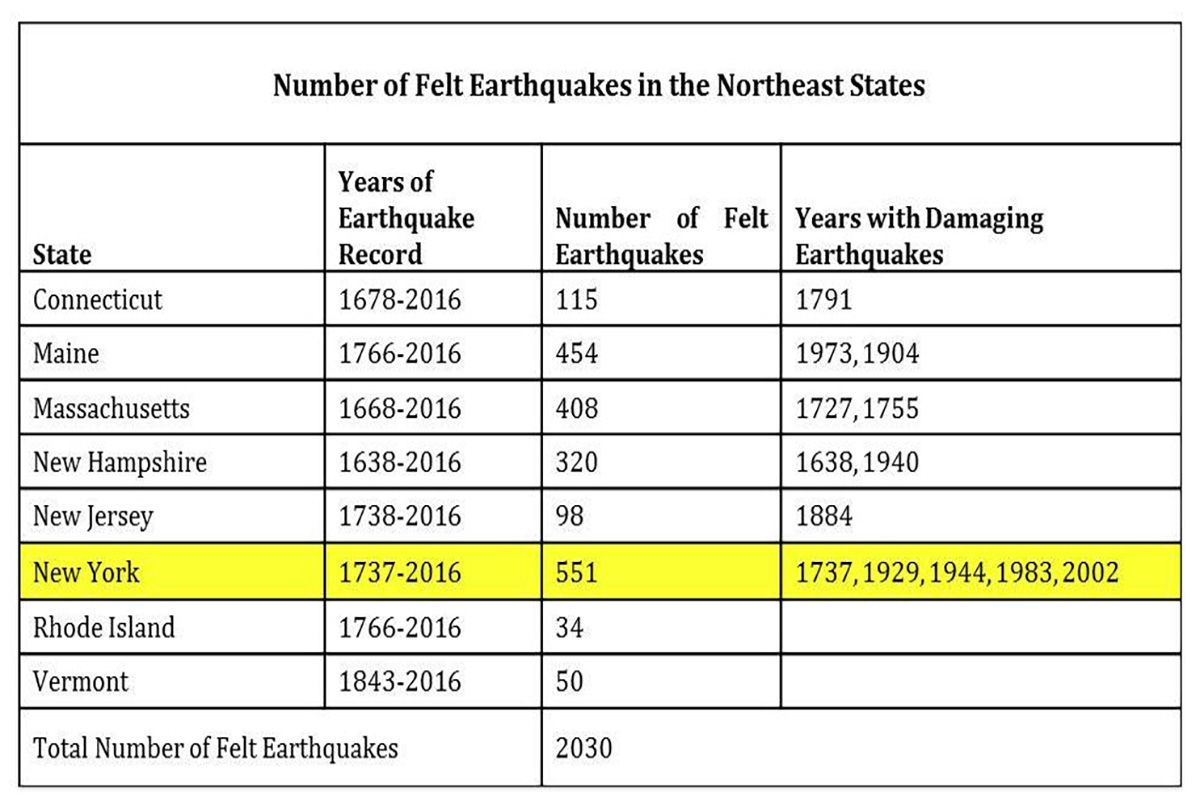
Spectrum News Meteorologist Justin Gherts shows us the recent details from Sunday's earthquake.
New Yorkers acknowledge feeling earthquakes more frequently than any of our neighboring states.
Whether you've experienced the ground shake or not, our earthquake frequency is eye-opening.
Spectrum News Meteorologist Michael Gouldrick lets us know how these quakes are more than just a tall tale.
How about the Big Apple? It's been a couple of years since a quake rumbled New Yorkers.
Faraz Toor explains what happened when a quake unnerved an otherwise unflappable population of city dwellers.
You are interested in earth plate activity if you fell down the rabbit hole, and you aren't the only one. Join me on a virtual trip to the south and see what earthquakes are like in North Carolina. Spectrum News' Charles Dunkin takes us there.
Maybe the next time the ground shakes, it'll be the sudden release of energy that causes the seismic waves of an earthquake.
Perhaps you are homebound with the kids, and you need some educational activities to pass the time.
Why not safely, on a smaller scale, demonstrate what happens during an earthquake with a simulation. Here is a simple home science experiment from Michigan Technological University that shows us what happens to the ground during a quake.
I hope you enjoyed that experiment and that you and yours stay well during this trying time.




